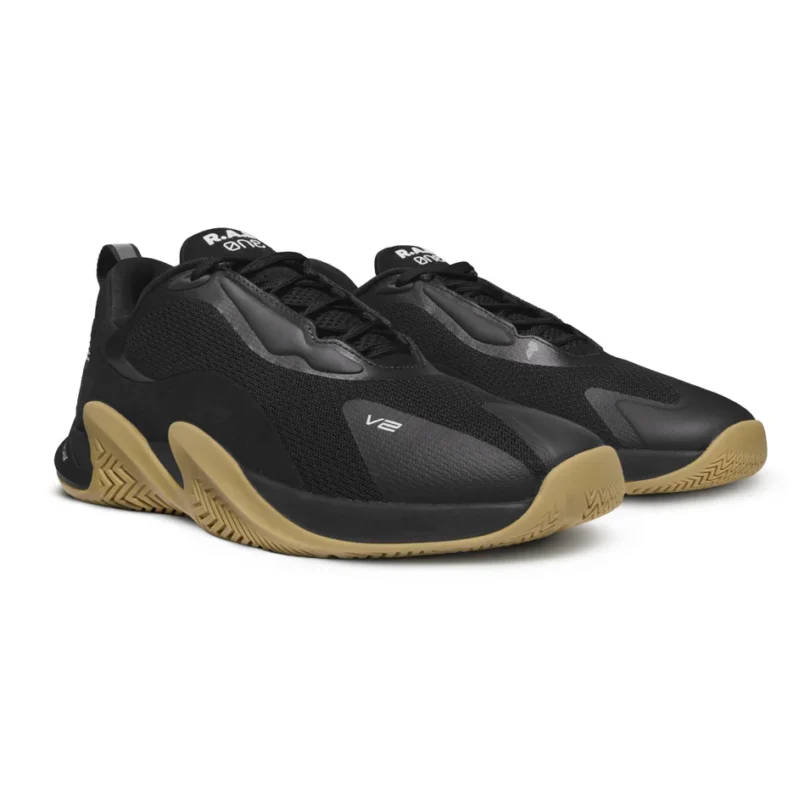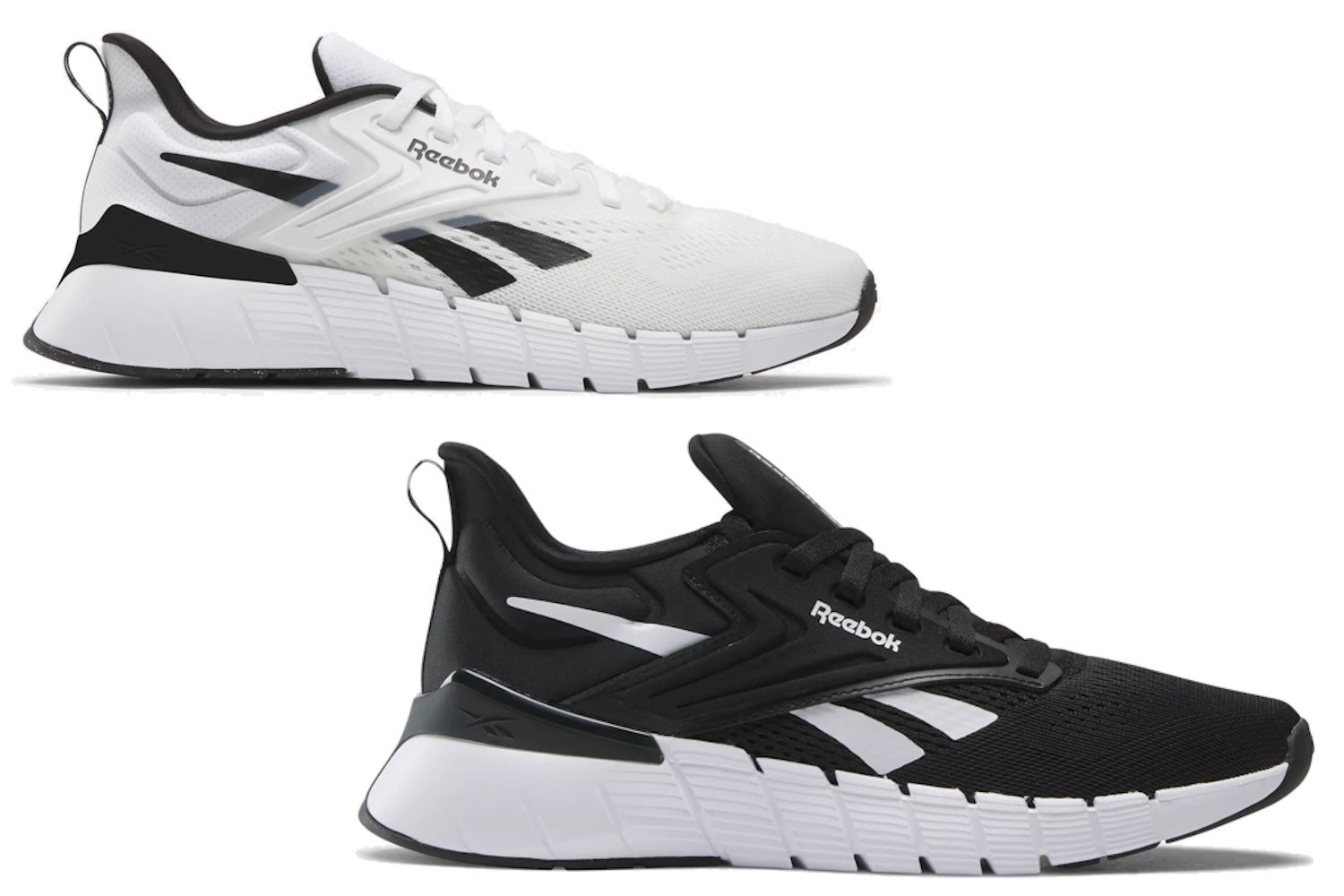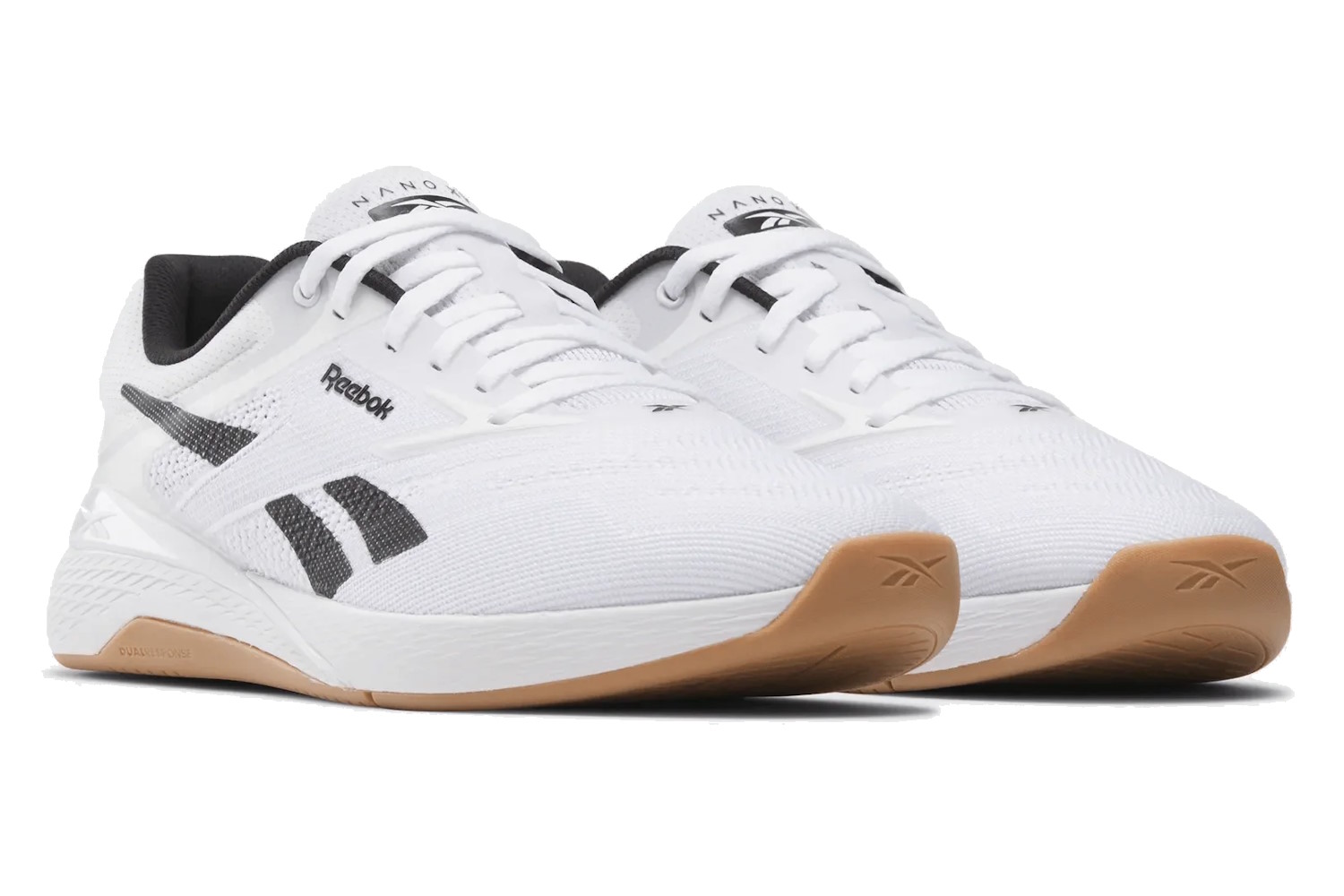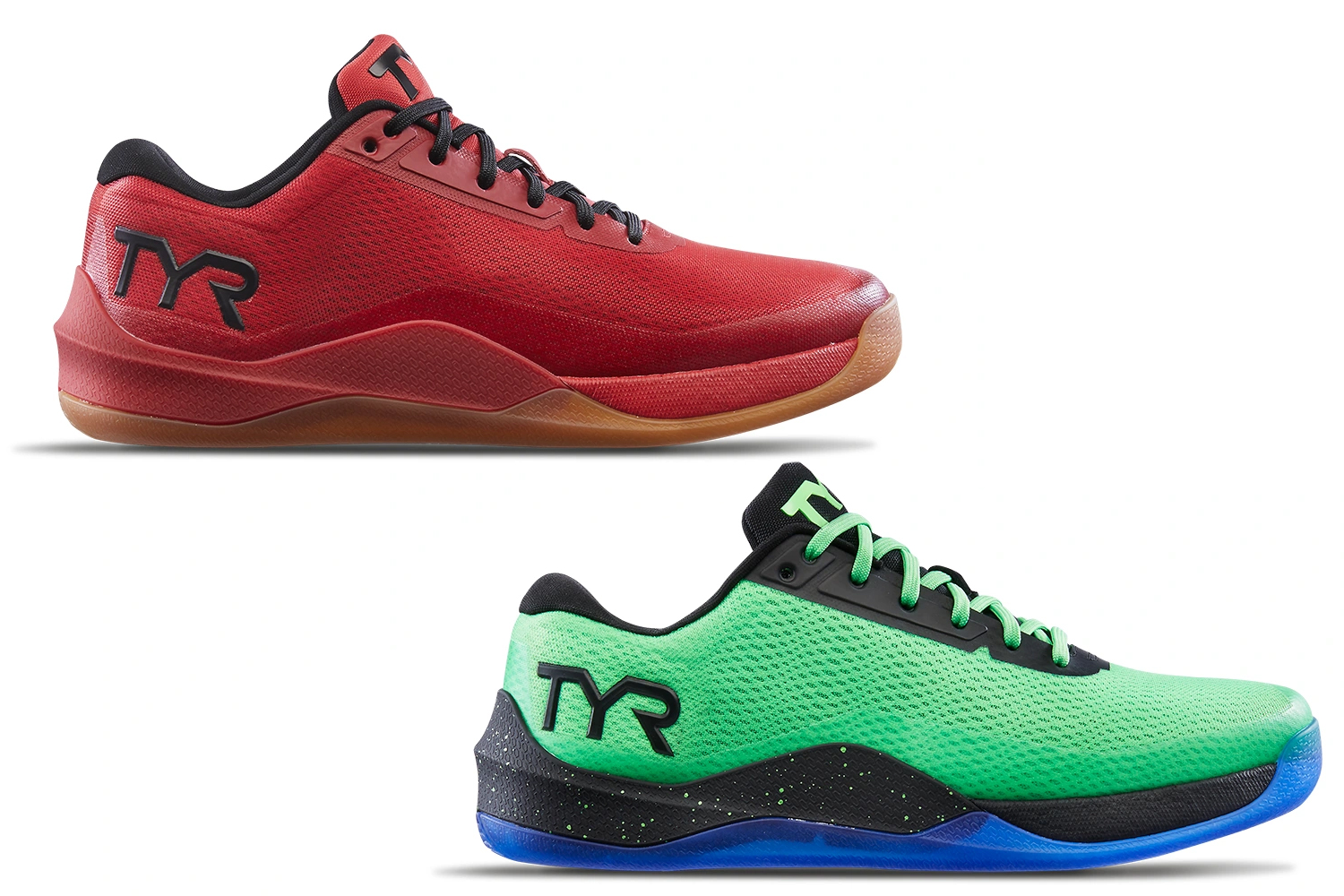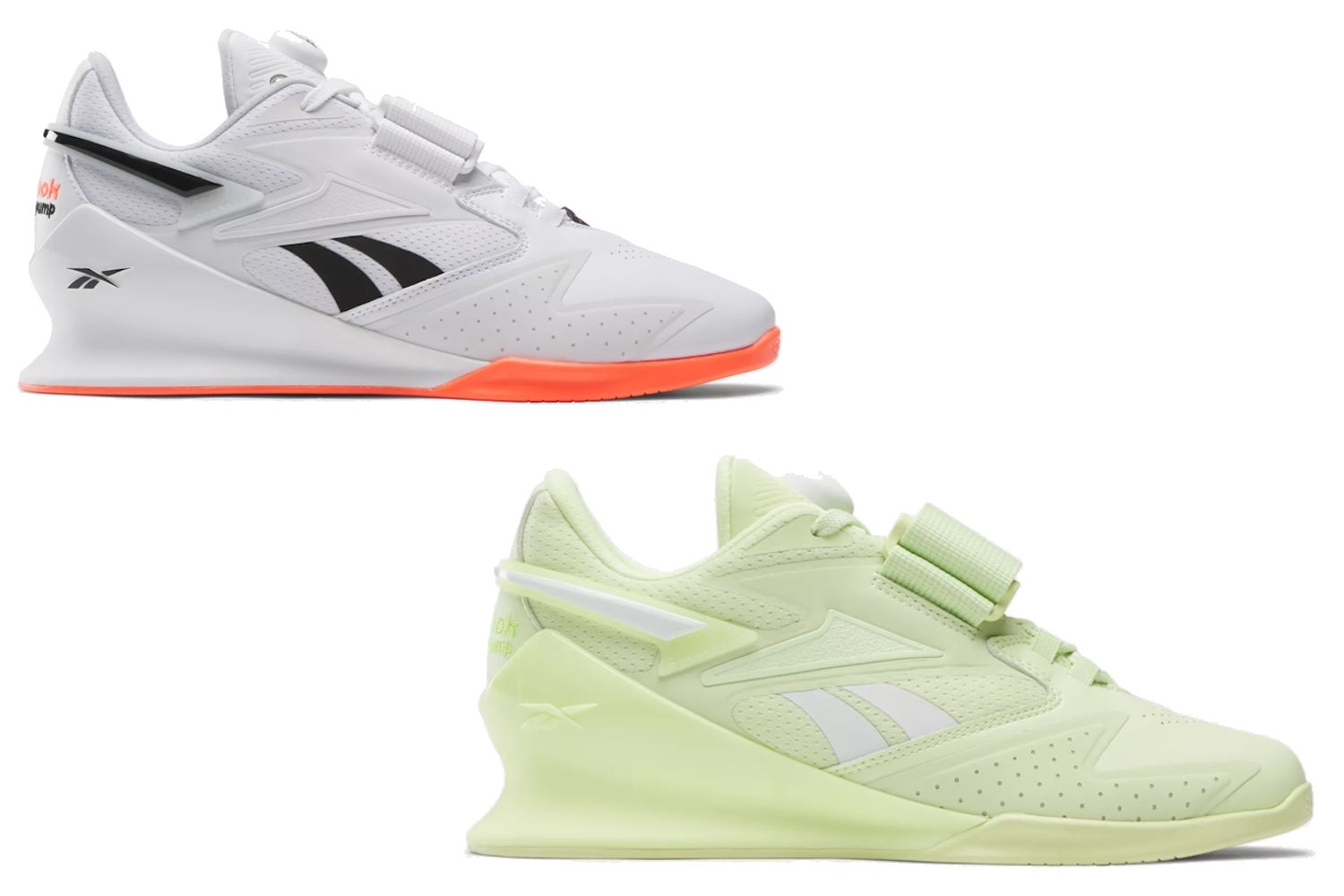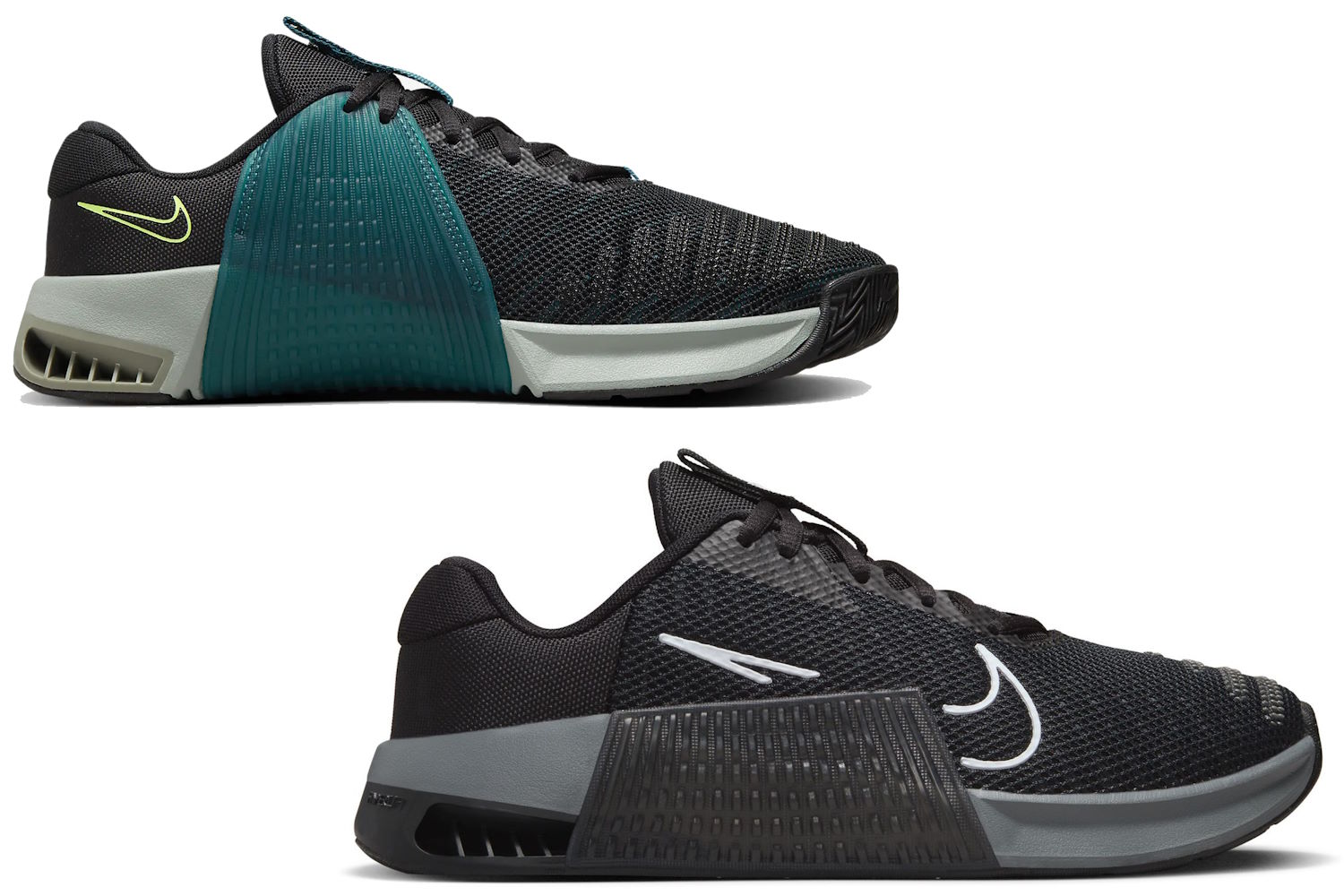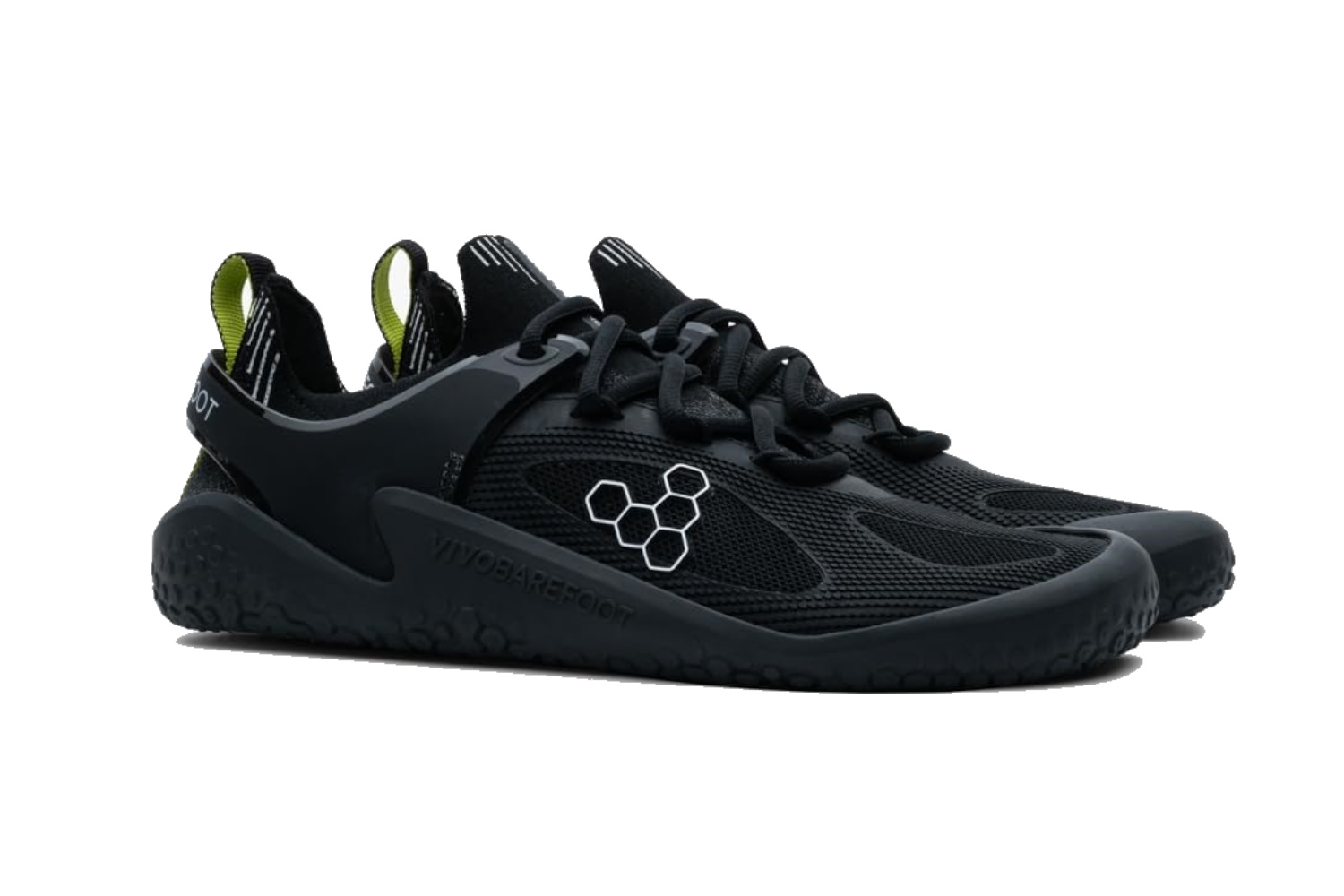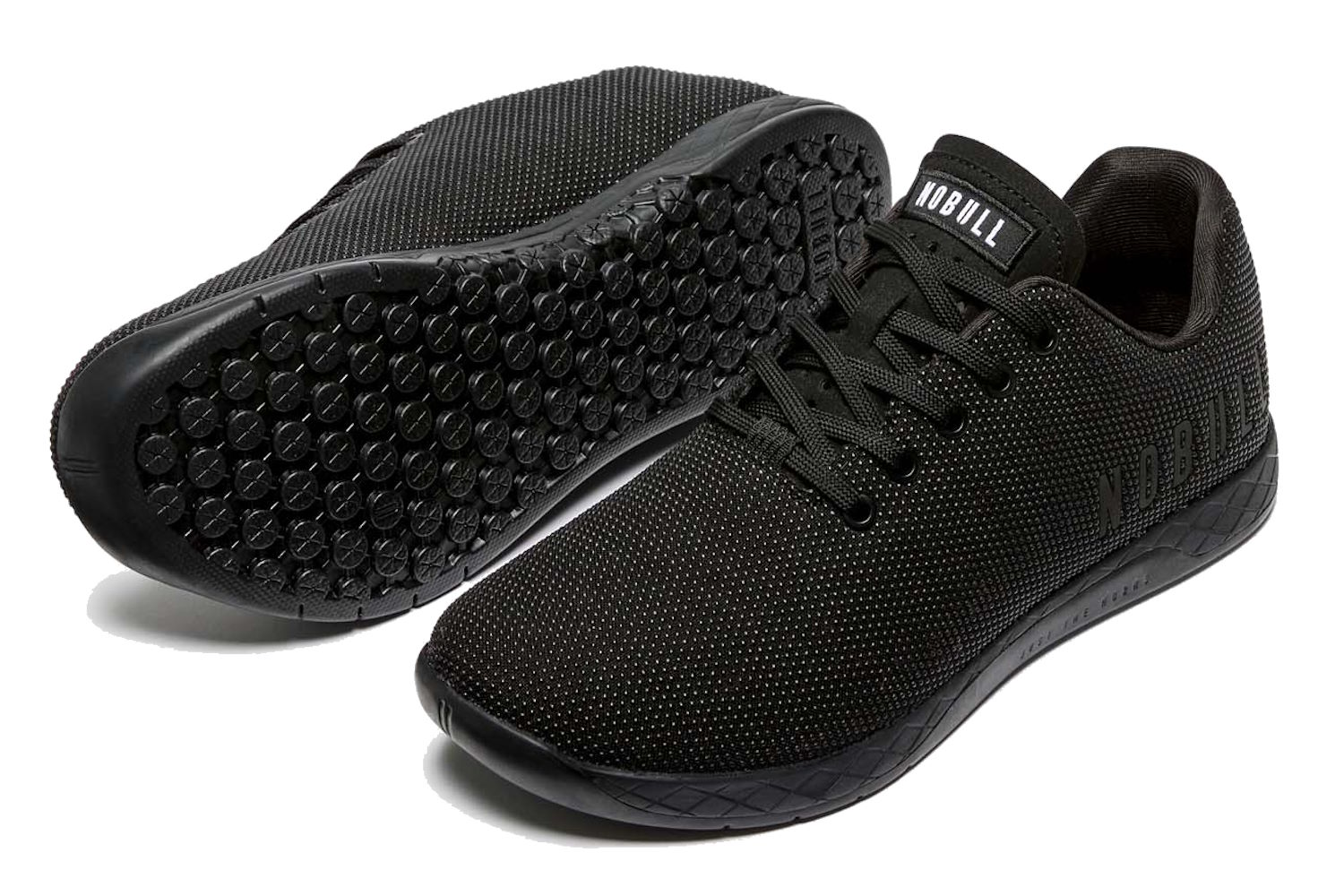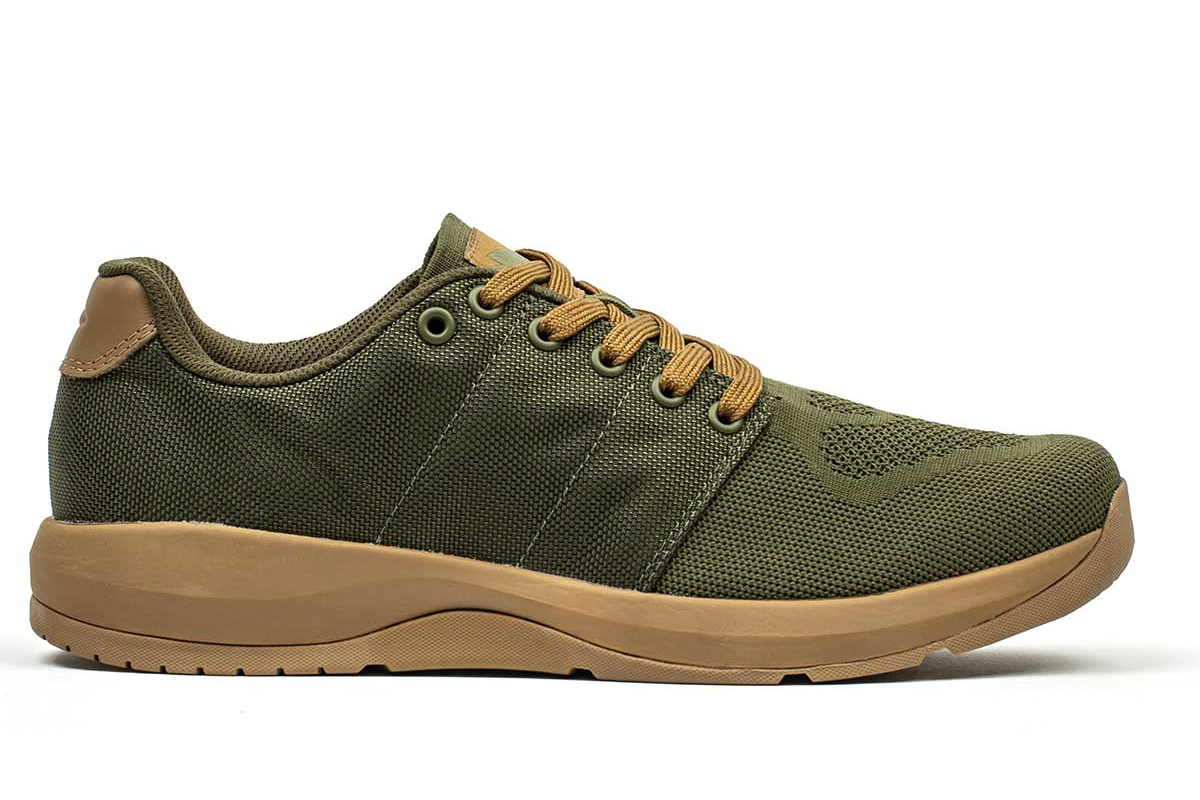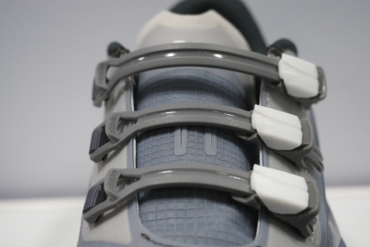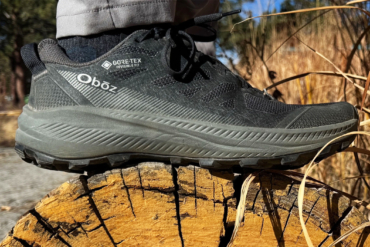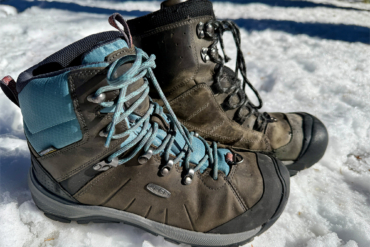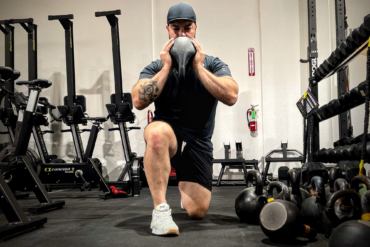CrossFit athletes know no two days are alike. The sport asks a lot of you — and your shoes. With activities ranging from heavy deadlifts and Olympic weightlifting to gymnastics and distance running, it’s no surprise that finding the best CrossFit shoes can be a challenge.
I researched and tested the most popular CrossFit and cross-training shoes on the market — shoes you can run, jump, lift, row, ride, climb, carry, and rage in. As a CFL2 CrossFit coach and competitive powerlifter, I have burned through hundreds of shoes over the course of his career and I know what goes into a great CrossFit shoe.
I evaluated each model to highlight its specific strengths and shortcomings and make recommendations based on the versatile needs of folks who are exclusively doing CrossFit, as well as those who are practicing stricter lifts and conditioning. After much sweat, some blood, and maybe a few tears, I am proud to present my list of the best CrossFit shoes for 2025.
New CrossFit shoes are coming out constantly, so keep an eye out for regular updates.
Editor’s Note: For the October 6, 2025 update, I added my new favorite CrossFit shoe, the R.A.D One V2. We also added numerical ratings to make it easier to decide which shoe is right for you.
The Best CrossFit Shoes of 2025
- Best Overall CrossFit Shoes: R.A.D One V2
- Best Budget CrossFit Shoes: Reebok Nano Gym
- Best Everyday CrossFit Shoes: Reebok Nano X5
- Best Low-Profile Everyday CrossFit Shoes: Born Primitive Savage 1
- Best CrossFit Shoes for Lifting: Reebok Legacy Lifter III
- Best Premium CrossFit Shoes: TYR CXT-2 Elite Carbon
R.A.D One V2
-
Flexibility
7.0
-
Stability
9.0
-
Durability
8.5
-
Value
8.0
- Best for: Lifting and plyometrics
- Drop: 6 mm
- Toe box: Medium/wide
- Weight: 13 oz.
Pros
- Stable platform for heavy lifts
- Grippy outsole
- Durable upper
- Sidewalls provide solid grip on rope climbs
Cons
- Not ideal for long-distance running
- Not very breathable
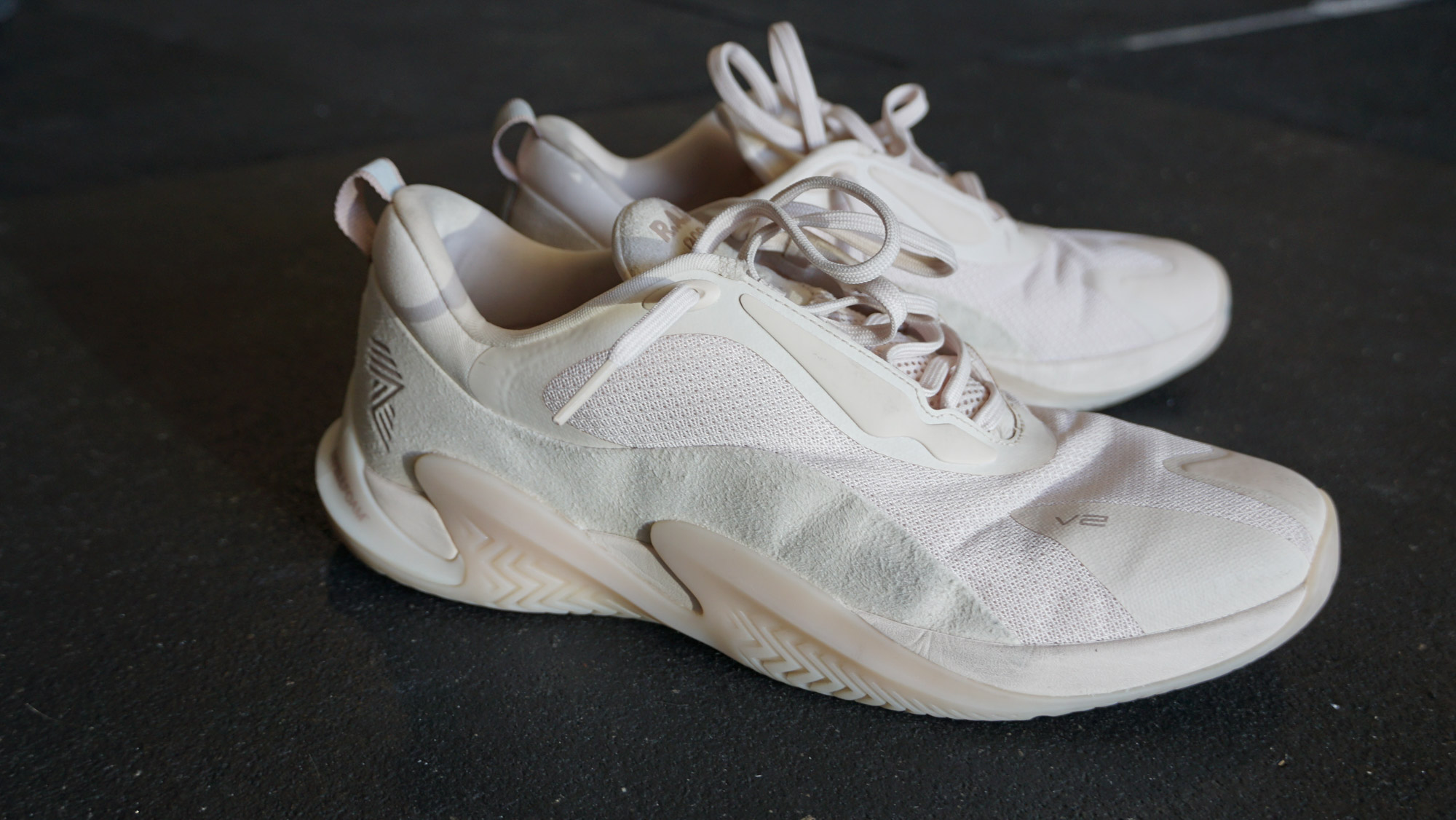
Reebok Nano Gym
-
Flexibility
7.5
-
Stability
6.5
-
Durability
6.0
-
Value
8.0
- Best for: People who want a capable all-around shoe for $100
- Drop: 8 mm
- Width: Medium
- Weight: 340 g
- Bonus: Probably the best running shoe on this list
Pros
- Excellent price
- Fantastic cushion for running
- Solid stability
- Strong traction
Cons
- 8 mm drop is larger than most shoes
- No rope protection
- Sole feels squishy on Olympic and powerlifting lifts

Reebok Nano X5
-
Flexibility
7.5
-
Stability
8.5
-
Durability
8.3
-
Value
8.0
- Best for: Any workout of the day
- Drop: 7 mm
- Toe box: Wide
- Weight: 340 g
- Bonus: Outstanding comfort for mid-range run distances
Pros
- Excellent stability for weightlifting
- Grippy outsole
- Durable upper
- Comfortable on runs
Cons
- FLEXWEAVE upper shows minor abrasion from rope climbs
- Not ideal for long-distance running
- Wide heel can catch on movements like box step overs
- Long laces

Born Primitive Savage 1
-
Flexibility
9.0
-
Stability
7.5
-
Durability
7.0
-
Value
8.2
- Best for: Folks who want one shoe to rule them all
- Drop: 4mm
- Width: Wide
- Weight: 250g
- Bonus: Dual-density midsole provides stability on lifts and flexibility on runs
Pros
- Lightweight
- Breathable
- Stable
- Good runner
- Good lifter
Cons
- Short laces and tongue
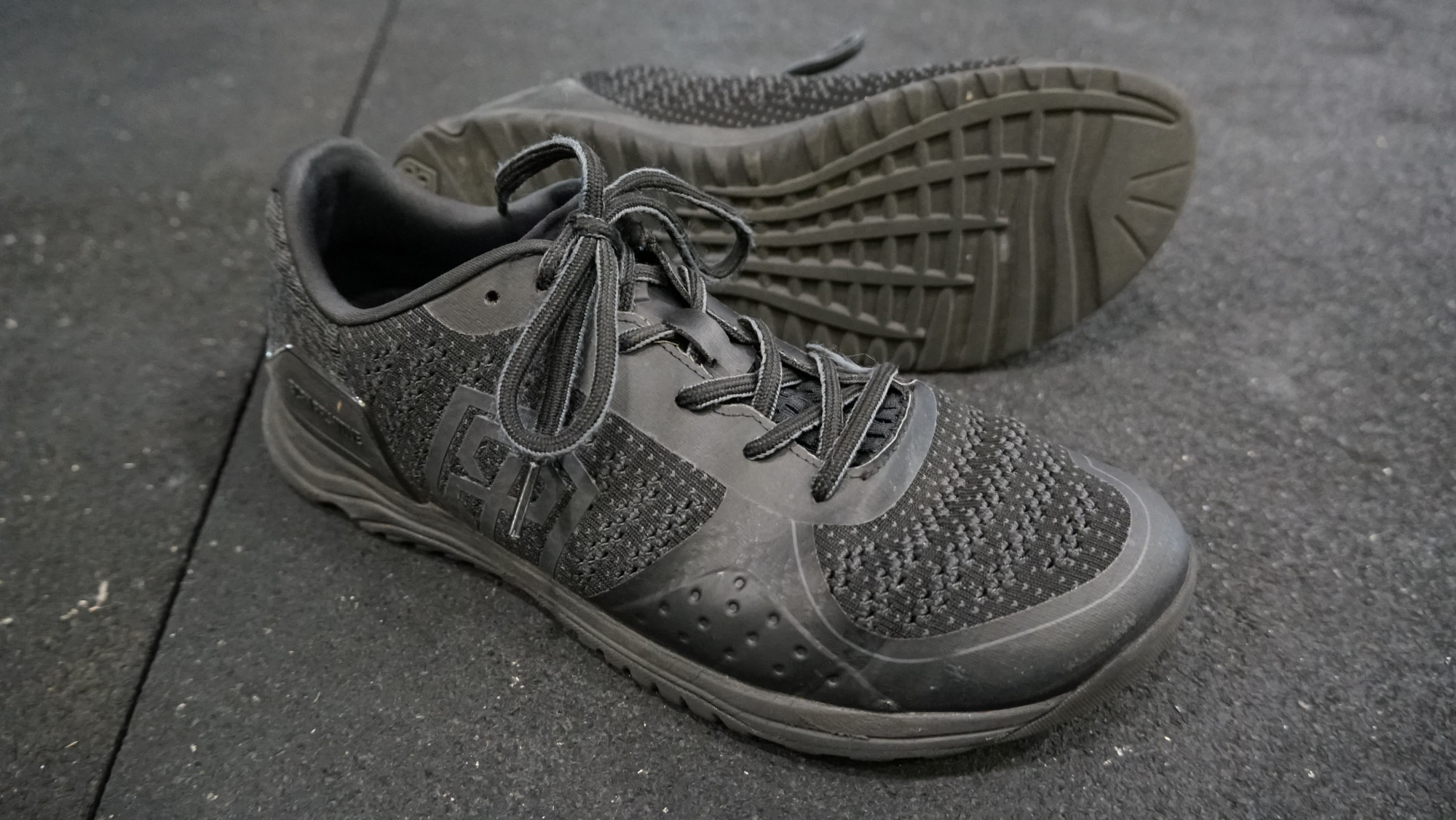

Reebok Legacy Lifter III
-
Flexibility
6.0
-
Stability
9.9
-
Durability
8.0
-
Value
7.0
- Best For: Weightlifting
- Heel Height: 20.5 mm
- Width: Medium
- Weight: 655 g
- Bonus: The pump adds a welcome touch of nostalgia for millennial athletes
Pros
- Extremely stable
- Elevated heel designed for lifting
- Very durable
- The pump feature provides a snug fit
Cons
- Too narrow for wide feet
- Heavy
- Specialty shoe that’s only good for lifting
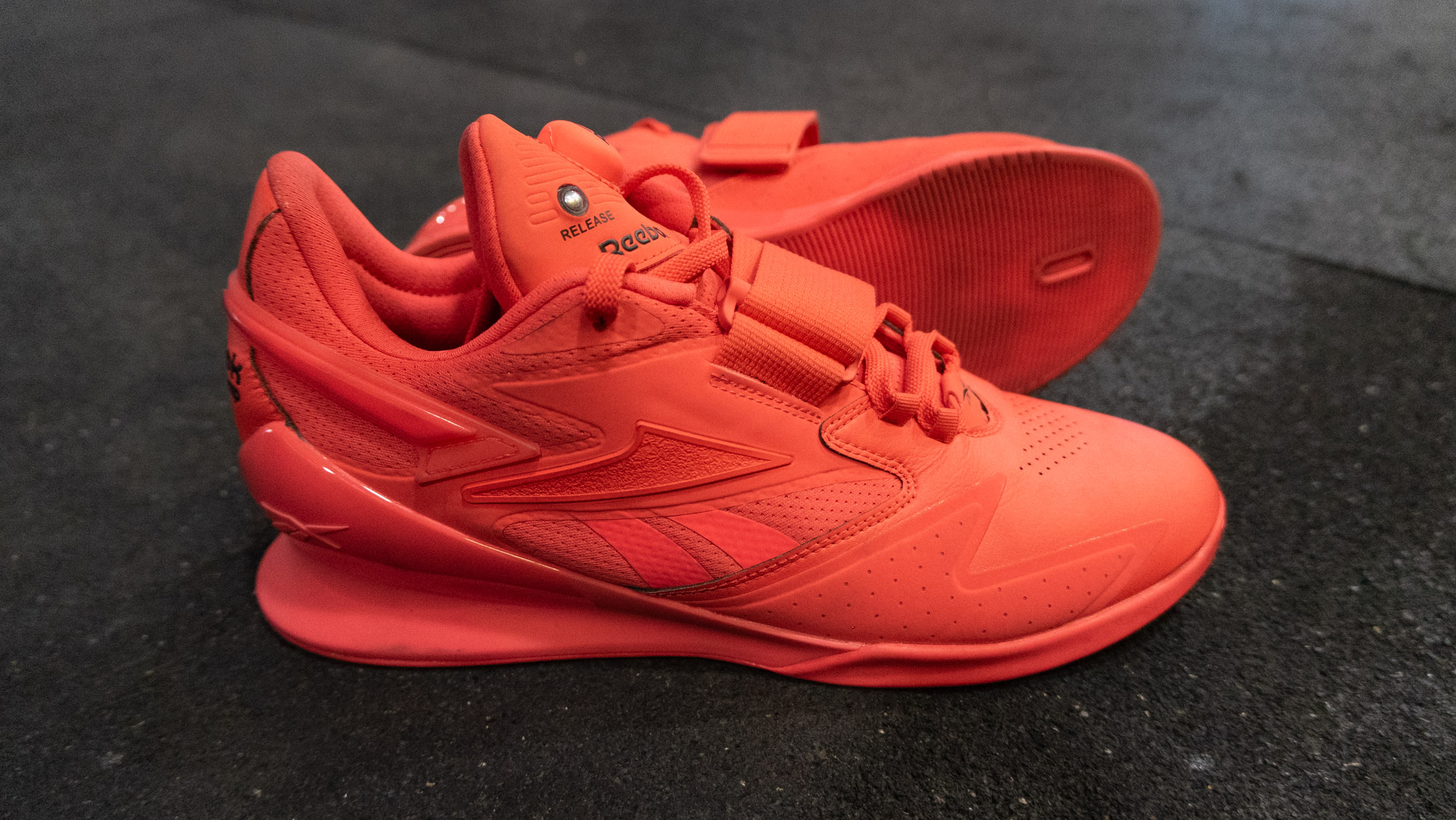
Nike Metcon 9
-
Flexibility
7.0
-
Stability
8.5
-
Durability
8.0
-
Value
8.0
- Best for: Any and all CrossFit workouts
- Drop: 5.5 mm
- Width: Wide
- Weight: 378 g
- Bonus: Sticky rope grips on the midfoot and toebox
Pros
- Excellent for rope climbs
- Stable for lifting
- Ideal for medium to wide feet
- Solid grip on horse stall mats and boxes
Cons
- Pricey
- Heavier than many CrossFit shoes
- Stiff heel feels clunky on runs
Vivobarefoot Motus Strength
-
Flexibility
9.0
-
Stability
7.5
-
Durability
8.0
-
Value
7.0
- Best for: Folks interested in a minimalist trainer
- Drop: Zero
- Width: Wide
- Weight: 282 g
- Bonus: Vegan construction
Pros
- Surprisingly supportive
- Lightweight
- Wide
- Breathable
Cons
- Zero cushioning
- Require a transition period for running
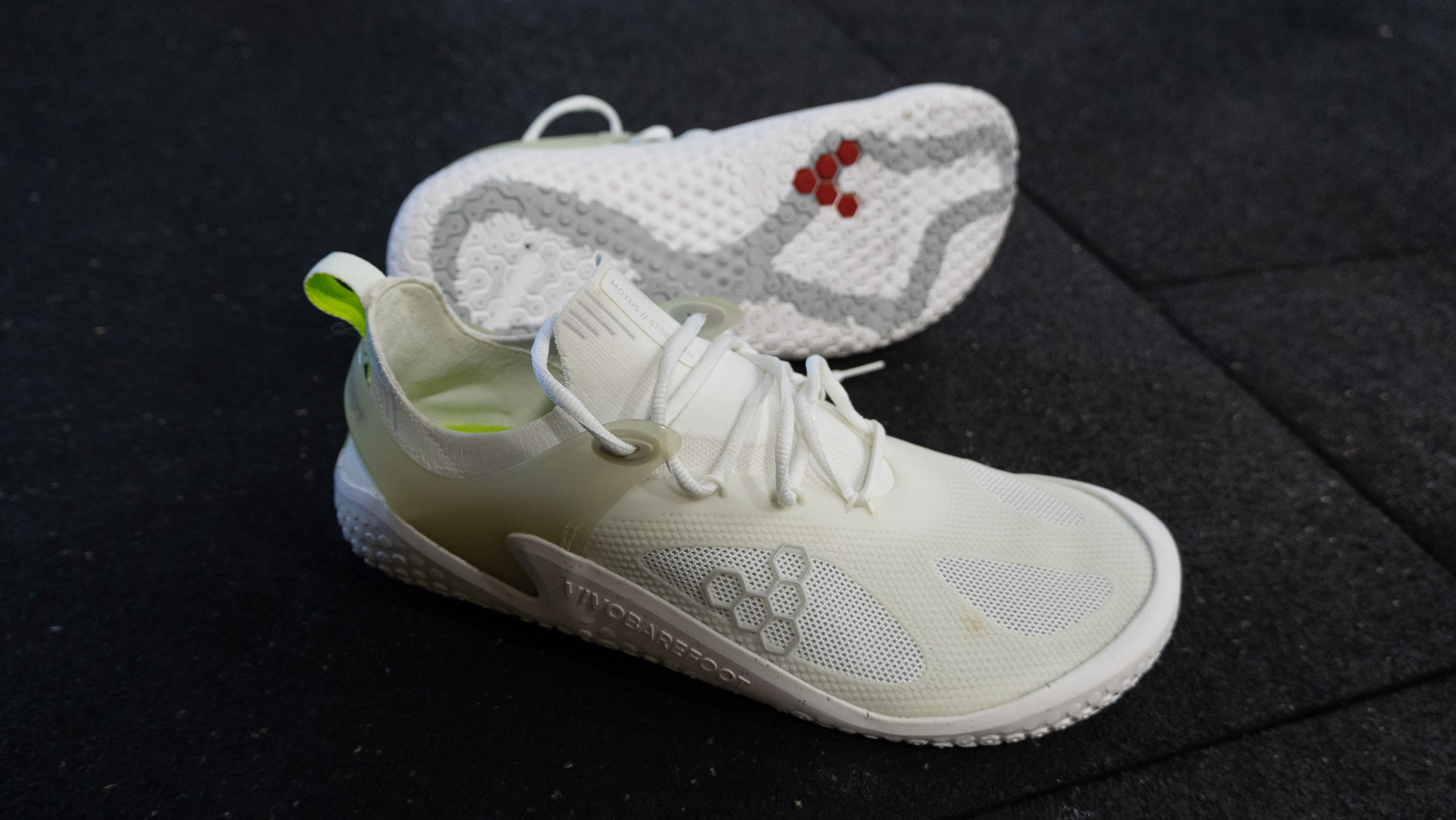
-
Flexibility
7.8
-
Stability
8.0
-
Durability
9.0
-
Value
8.2
- Best for: Athletes who want a shoe that will survive years of abuse
- Drop: 4 mm
- Width: Medium
- Weight: 360 g
- Bonus: Understated styling makes them work as everyday shoes as well
Pros
- Super durable
- Stable
- Highly versatile
Cons
- Minimal cushioning
- Break-in period is long
- Unpleasant to run in
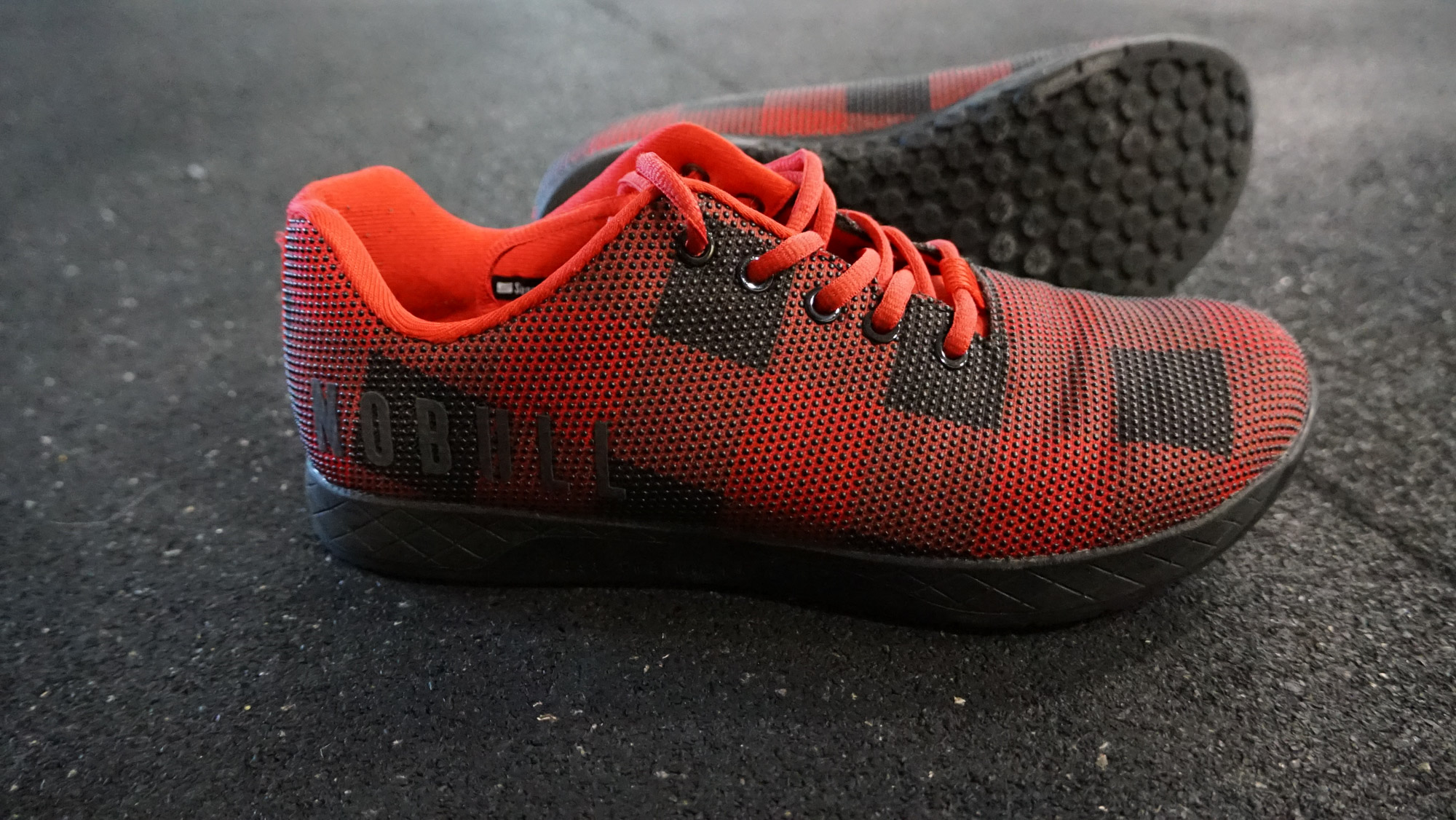
-
Flexibility
7.9
-
Stability
7.8
-
Durability
9.0
-
Value
8.2
- Best for: Athletes who want a no-frills, do-it-all shoe
- Drop: 8 mm
- Width: Medium
- Weight: 305g
- Bonus: Subdued styling makes these shoes look as good outside the gym as they do in it
Pros
- Stable platform for lifting
- 8mm heel drop is ideal for weightlifting
- Sole is flexible enough to run comfortably
- Shows almost zero wear after months of testing
Cons
- Requires a short break-in period
- Not the lightest option on the market
CrossFit Shoe Comparison Chart
| CrossFit Shoes | Price | Drop | Width | Weight |
|---|---|---|---|---|
| R.A.D One V2 | $150 | 6 mm | Medium | 368 g |
| Reebok Nano Gym | $100 | 8 mm | Medium | 340 g |
| Reebok Nano X5 | $140 | 7 mm | Wide | 340 g |
| Born Primitive Savage 1 | $130 | 4 mm | Wide | 250 g |
| TYR CXT-2 | $225 | 4 mm | Medium/Wide | 365 g |
| Reebok Legacy Lifter III | $220 | 20.5 mm | Medium | 655 g |
| Nike Metcon 9 | $150 | 5.5 mm | Medium | 378 g |
| Vivobarefoot Motus Strength | $200 | Zero | Wide | 282 g |
| NOBULL Outwork | $139 | 4 mm | Medium | 360 g |
| GORUCK Ballistic Trainer | $140 | 8 mm | Medium | 305 g |
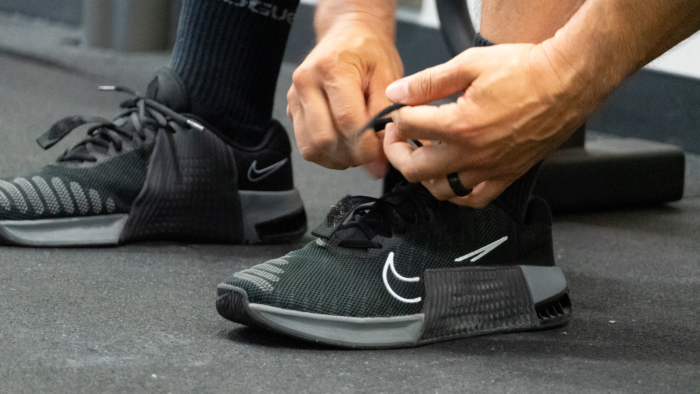
How I Tested the Best CrossFit Shoes
Our Expert Testers
GearJunkie Affiliate Managing Editor Billy Brown is an CFL2 CrossFit coach, a competitive athlete, a record-holding powerlifter, a USPA-certified powerlifting coach, and a former ultrarunner. His competition training generally consists of five to six days of strength training and conditioning across the powerlifting, Olympic weightlifting, gymnastics, and cardiovascular modalities, which gives him plenty of opportunities to test the newest and best CrossFit shoes on a regular basis.
My Testing Process
Testing the shoes on this list entailed taking each shoe through weeks of CrossFit workouts, making sure to do all of the major lifts, running through a series of gymnastics movements, and running anywhere from 200 meters to three miles in each shoe. Throughout the testing periods, I considered the shoes’ fit, feel, durability, and general eagerness to lace them up for another workout. I also had other athletes at my gym try out the shoes to get a wider range of opinions on each one’s performance.
Since CrossFit shoes are designed, for the most part, to perform in a variety of situations, I took shoes through training, competition, and daily wear (when applicable — I didn’t wear the lifting shoes around town). I take CrossFit seriously and know that bad shoes can ruin a workout, so I rigorously tested every shoe on this list for comfort, support, and durability. And, since I know that every athlete is different and may have different needs, I tried to find a shoe to suit various needs and tastes.
Each season, I update this guide with new models as they become available to ensure our readers have the best, most up-to-date information.
Buyer’s Guide: How to Choose a CrossFit Shoe
Cushioning & Heel Drop
Cushioning and heel drop are two of the most important factors in choosing a shoe for CrossFit. It’s also the first thing you notice when you put a pair on.
As far as cushioning goes, there’s a delicate balance to maintain. Too little cushioning can be wildly painful during high-impact movements. Unless you’re used to barefoot shoes like the Vivobarefoot Motus Strength, these movements can give your feet a beating on long runs.
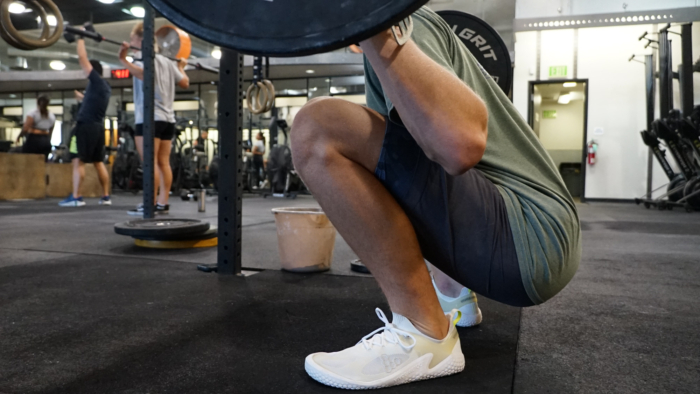
Too much cushioning, however, can lead to a loss of power and responsiveness, especially during weightlifting. Most CrossFit shoes strike a balance between cushion and support, with most leaning towards the support side.
Heel drop refers to how high the heel is off the ground versus how high the toe is. For CrossFit, 4 to 7 millimeters seems to be the sweet spot. It strikes the perfect balance between cushioning on runs and balance on lifts.
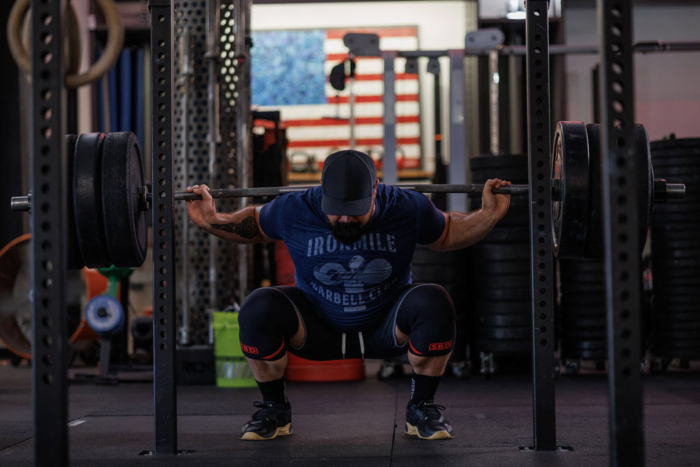
Rigid Sole
A rigid sole, particularly in the heel, is ideal for Olympic lifting. A soft sole’s cushioning will absorb the power that an athlete produces in their leg drive during explosive movements.
Reebok’s Legacy LIfter III or Adidas AdiPower have hard plastic or non-compressive TPU sole material for explosive lifts. This is one of the biggest differences between CrossFit Shoes and running shoes.
Many CrossFit shoes, like the Nike Metcon 9, attempt (with varying degrees of success) to blend a rigid sole for weightlifting with enough cushioning for bodyweight movements and running. If you’re looking for an all-around CrossFit shoe with a stiffer sole that’s ideal for weightlifting, the Metcon 9 or Reebok Nano X4 would be solid options.

Wide Toebox
Wide toeboxes are a matter of preference. Athletes with wider feet will appreciate the way that a wider toebox allows the toes to splay out. Shoes like the TYR CXT-1 Trainer and Born Primitive Savage 1 have wider toeboxes for people who prefer a roomier forefoot.
However, athletes with narrow feet can feel like their feet aren’t getting any sidewall support in wider shoes. If you’ve got a narrower foot, consider something like the NOBULL Outwork or Reebok Nano X4. When you buy online, make sure the company has a good return policy. When they arrive, try them on immediately to make sure they’re a good fit.
Lateral Support
Lateral support is especially important for athletes with previous ankle injuries or who tend to roll their ankles. Shoes utilize different designs to combat this.
Nike’s Metcon line and Reebok’s Nano line sport slightly wider outsoles for a wider base. And NOBULL’s mid-top shoe provides additional support for the ankle. For Olympic lifts and heavy squats, where lateral stability can be the difference between a personal record and dropping the weight in shame, the Reebok Legacy Lifter III’s aggressively rigid TPU sidewall and heelsupport is key.
Durability
CrossFit is as hard on the shoes as it is on the athlete (maybe more so). I’ve seen every failure that a shoe can experience, from delaminating materials to a sole literally breaking in half.

One of the most common failures in a CrossFit shoe is a sidewall blowout. From lateral pressure on the sidewalls to abrasion from rope climbs, shoes’ sidewalls take a lot of abuse. Many shoemakers add TPU reinforcement on the sidewalls to shield the foot from this type of wear. I am painfully aware of the frustration of blowing out a sidewall or wearing a groove in an outsole during rope climbs, so any shoe that showed excessive wear did not make it into this list.
Price & Value
There’s no way around it — CrossFit shoes are pricey, and they’re getting pricier. If you’re looking for a new pair of kicks for your box, you can expect to spend somewhere around $150, with a few exceptions for specialty shoes and discounted shoes from previous seasons. Here’s what you get (and don’t get) with the various price ranges.
Budget
If you’re looking to spend as little as possible on a pair of CrossFit shoes, you can often find last year’s models online for anywhere from $60-$100. The only new pair in this price range that I liked was the Reebok Nano Gym ($100), which offers plenty of cushioning and just enough stiffness to perform during lifts. Shoes in this price range can do the job, but you’ll often find features like rope guards and sidewall support missing here.
But if you’re new to CrossFit, searching for a bargain shoe can be a good way to get started and discover what features you need (and don’t need) in your endeavors.
Mid-Tier
Most CrossFit shoes you’ll find are in the $140-$160 range. This category includes mainstays like the Metcon and Nano lines, as well as the excellent TYR CXT-2 ($150) and Born Primitive Savage 1 ($140) trainers. For the added $50, you’ll find features like rope guards and grips, sidewall protection and support, TPU heel slides for handstand pushups, and lace locks to keep your shoes tied during double-unders. Plus, I’ve found that these shoes generally last longer than the shoes in the bargain range.
Premium
Super pricey competition shoes like the TYR CXT-2 Elite Carbon ($225) are new to the field, but its high-end components and excellent performance are ideal for competitors who are looking for an edge. If you’re looking for a specialty shoe, like a barefoot workout shoe like the Vivobarefoot Motus Strength ($200) or a lifting shoe like the Reebok Legacy Lifter III ($220), be prepared to spend $200 or more. These shoes offer specific features that you won’t find in general CrossFit shoes, like zero heel-toe drop or an extremely rigid heel for effective power transfer during lifts. For general CrossFit workouts, these shoes aren’t entirely necessary, but if you’re looking to specialize or optimize your training for competition, they may be worth the investment.
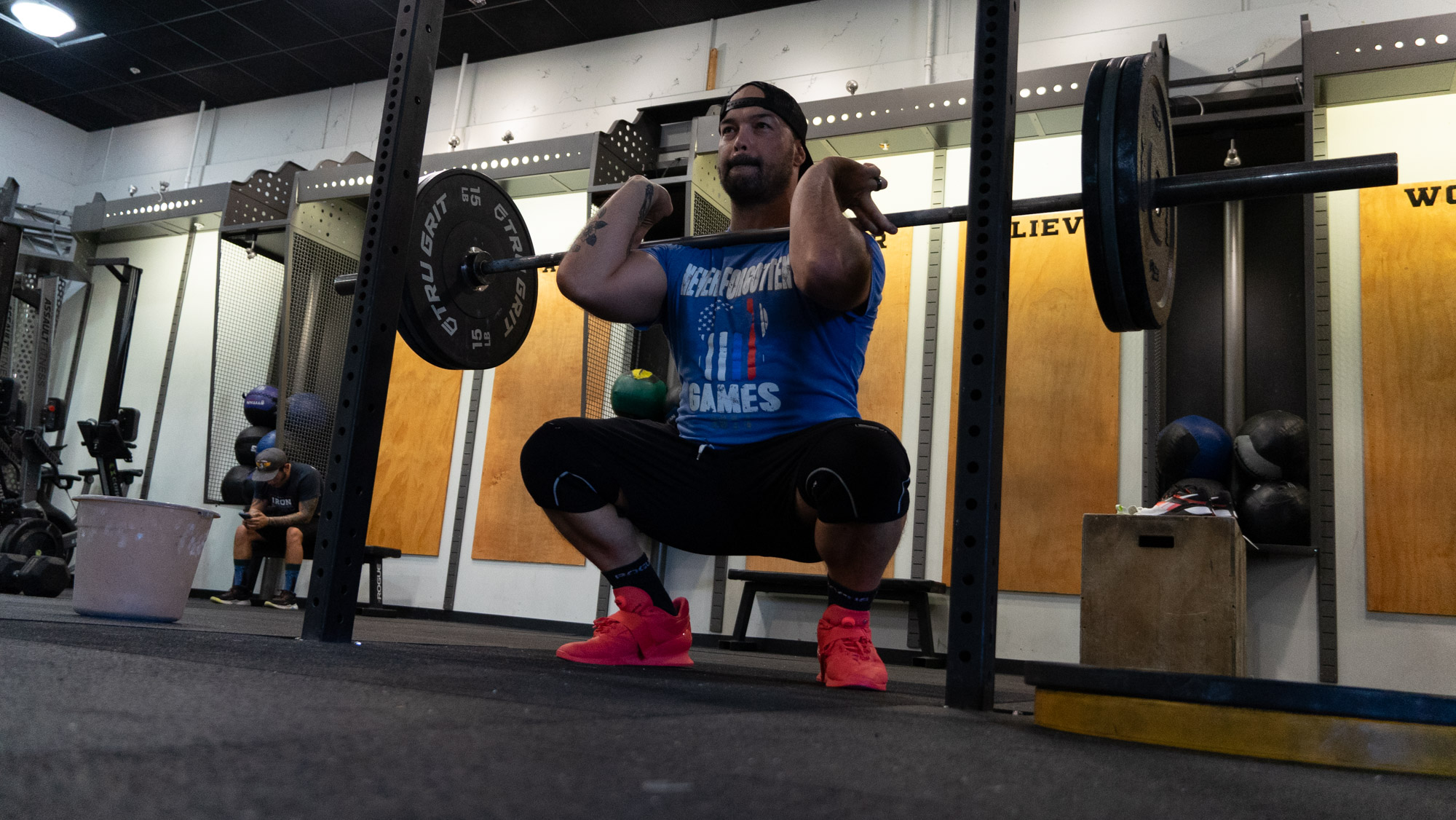
Frequently Asked Questions
The best CrossFit shoes for both men and women will vary by individual. The best cross trainer will be as versatile as the sport of CrossFit itself. The best shoes in the sport will allow you to run, climb, jump, lift, and squat with relative ease.
Well, you can. The best CrossFit shoes are made to accommodate a variety of sports, including running short distances. However, since CrossFit shoes tend to have a firmer heel than most shoes to provide support during lifts, they’re far from the best running shoes you can find. Often, athletes will wear dedicated running shoes for run-heavy workouts.
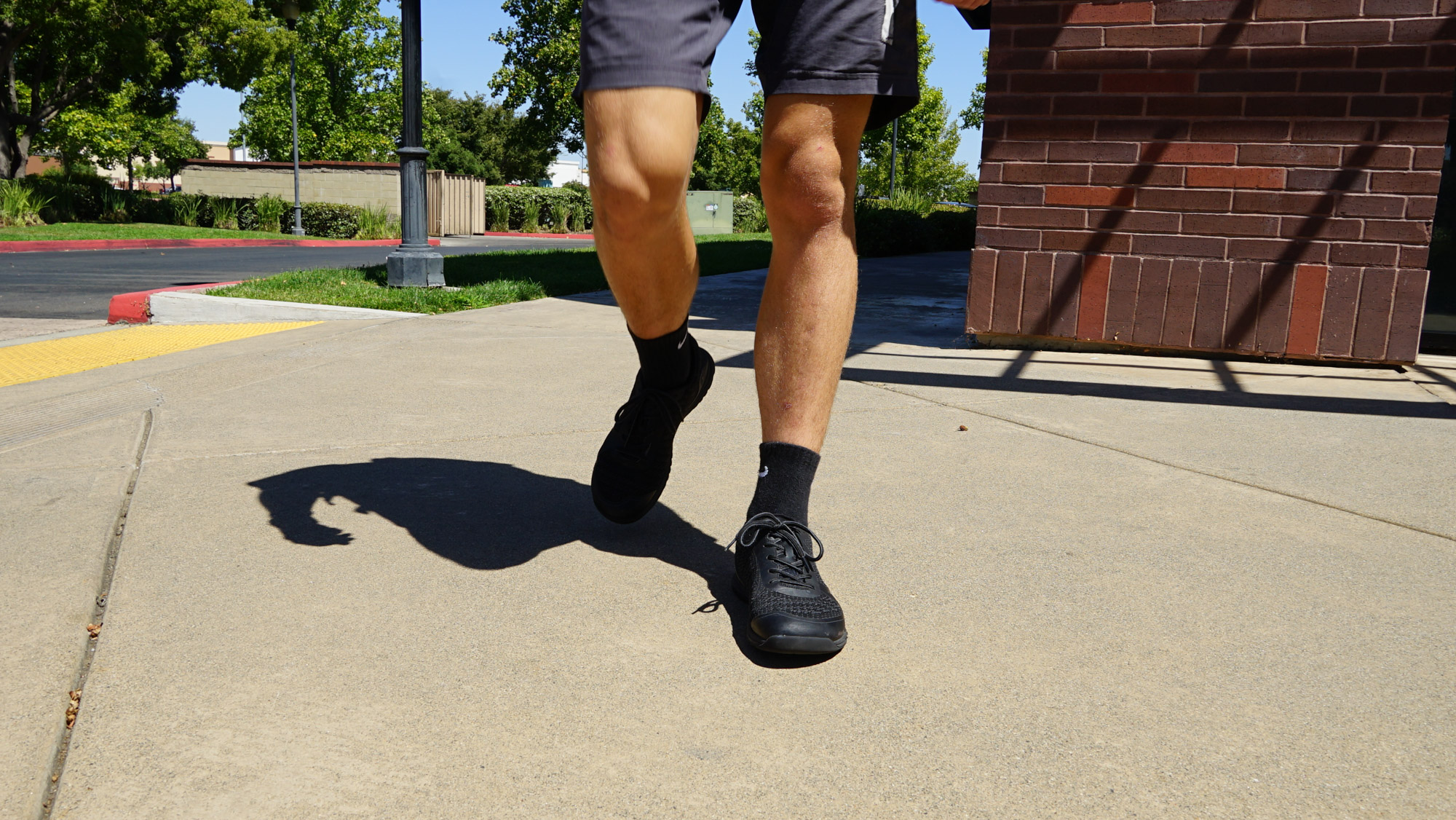
CrossFit shoes should fit just like a regular shoe; snug enough to provide support without compressing the foot.
You absolutely can. Many athletes use some of the better-looking CrossFit shoes as their everyday walking-around shoes. I know athletes who would buy multiple pairs: one for the gym, and another pair for everyday use.
Nike and Reebok were early adopters of CrossFit with Nike’s Metcon Line and Reebok’s Nanos. Initially, Reebok skewed closer to the lifting side with its harder midsole. This worked well for lifting weights but was less comfortable during gymnastics and run-heavy WODs. Nike made a big splash by erring on the run side being a running shoe with a softer midsole material.
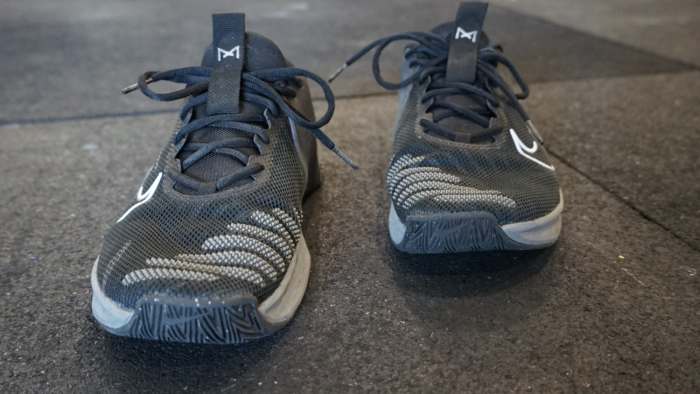
CrossFitters loved this, as well as the wide toebox. Over the years, Nike and Reebok refined both of their lines, striking a better balance between running and lifting.
As CrossFit grew, Nanos and Metcons became more visible in the public eye as the CrossFit games became televised. Now the two brands are synonymous with the sport, with other brands carving their names out in the space.
Yes. Not only will they help prevent blisters, they also keep your shoes from smelling like you stuffed them with roadkill between workouts. I recommend taller socks, as this also protects your shins during bar moves like deadlifts and snatches. It’s also a nice extra layer during rope climbs.
Normally, we’d suggest that you replace your shoes when they wear out or blow out. However, you should expect to get at least a few years out of each pair before they become unusable. And with new styles and designs coming out every year, you’ll be buying shoes before they do.
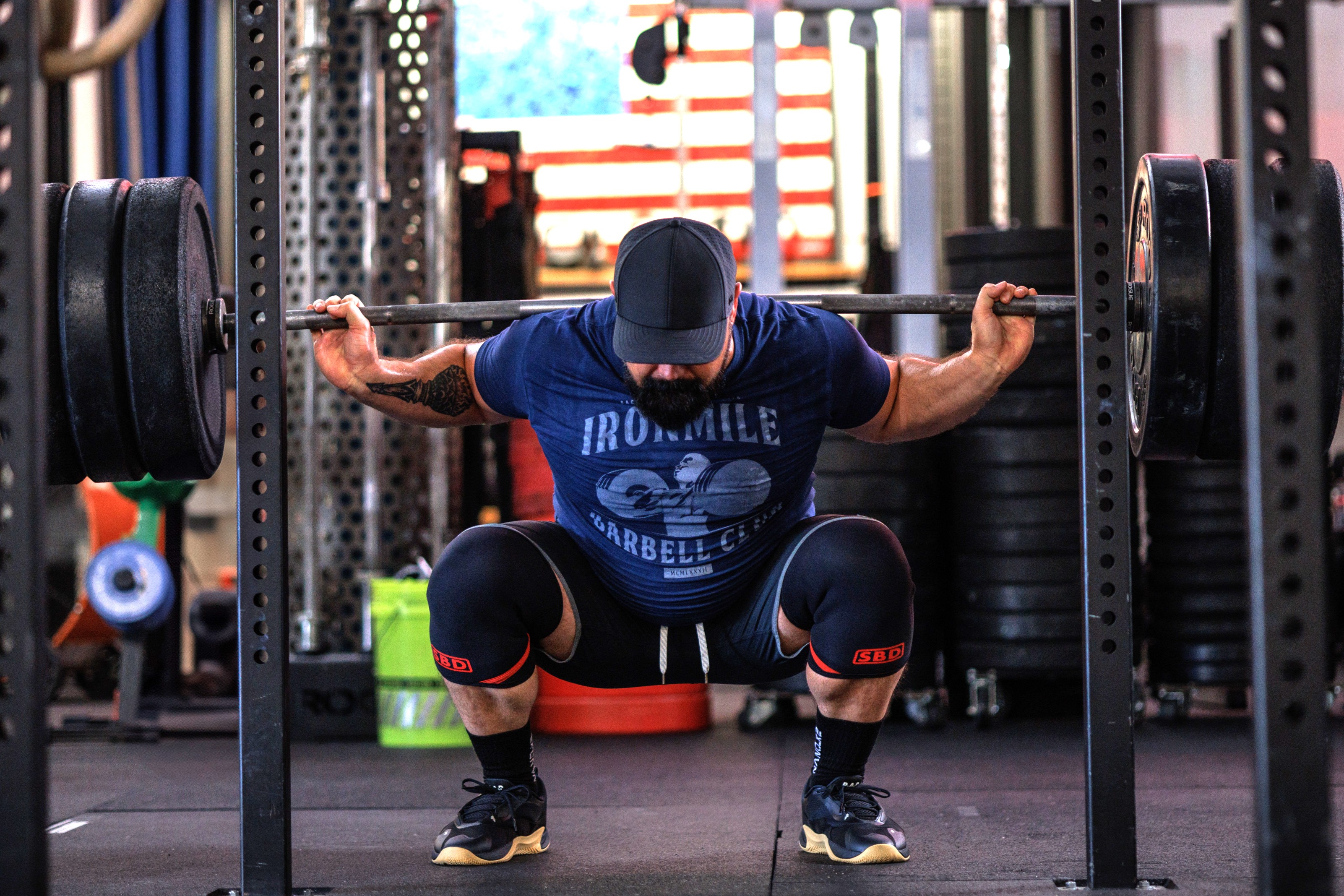
The Best Gym Shorts for Men of 2025
From Vuori to Under Armour, our fitness experts found the best gym shorts for men to fit every budget and workout. Get ready to sweat.
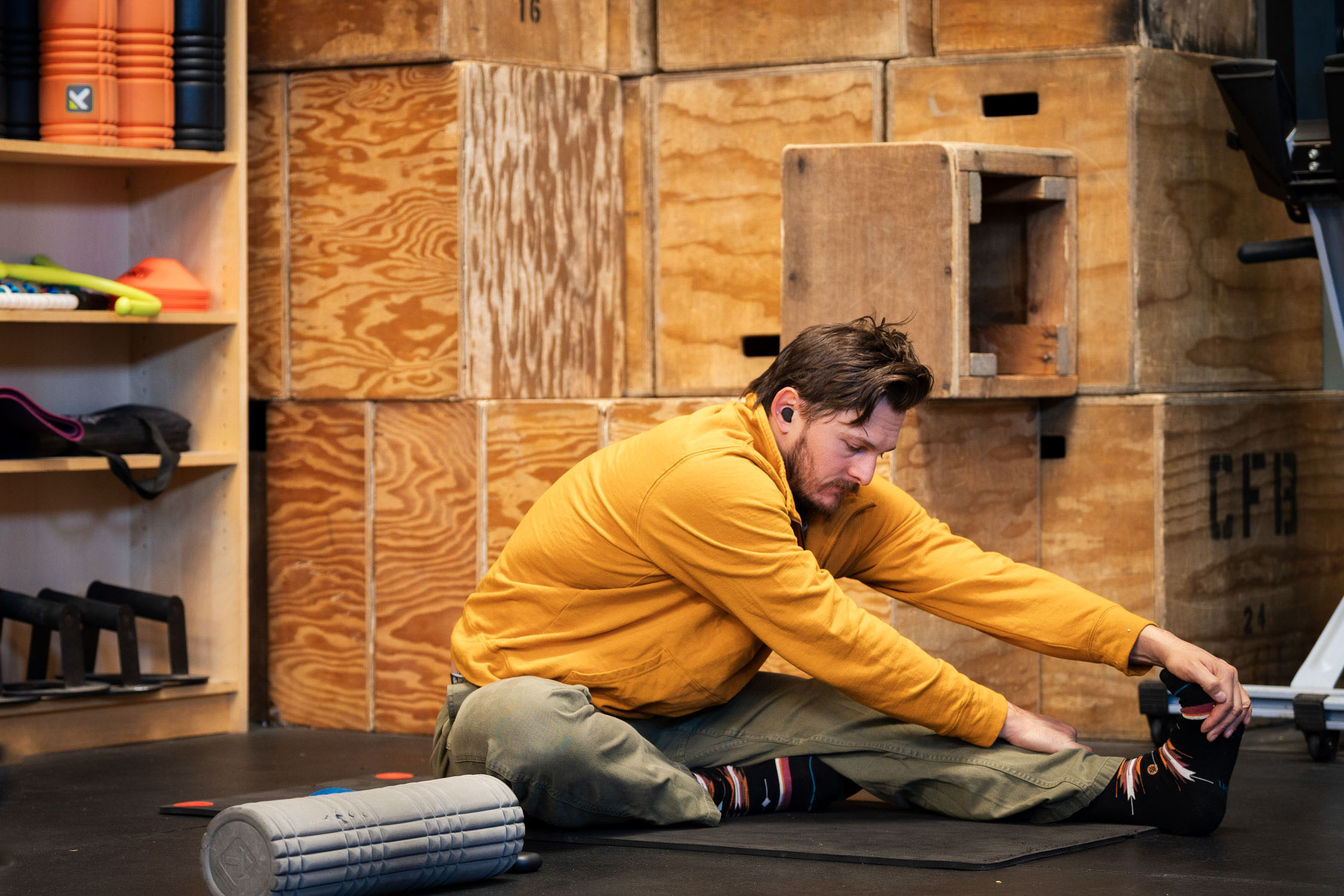
The Best Workout Headphones of 2025
We tested the best workout headphones of 2025 with options for every budget and athlete. Top picks include Jaybird, Bose, and more!

